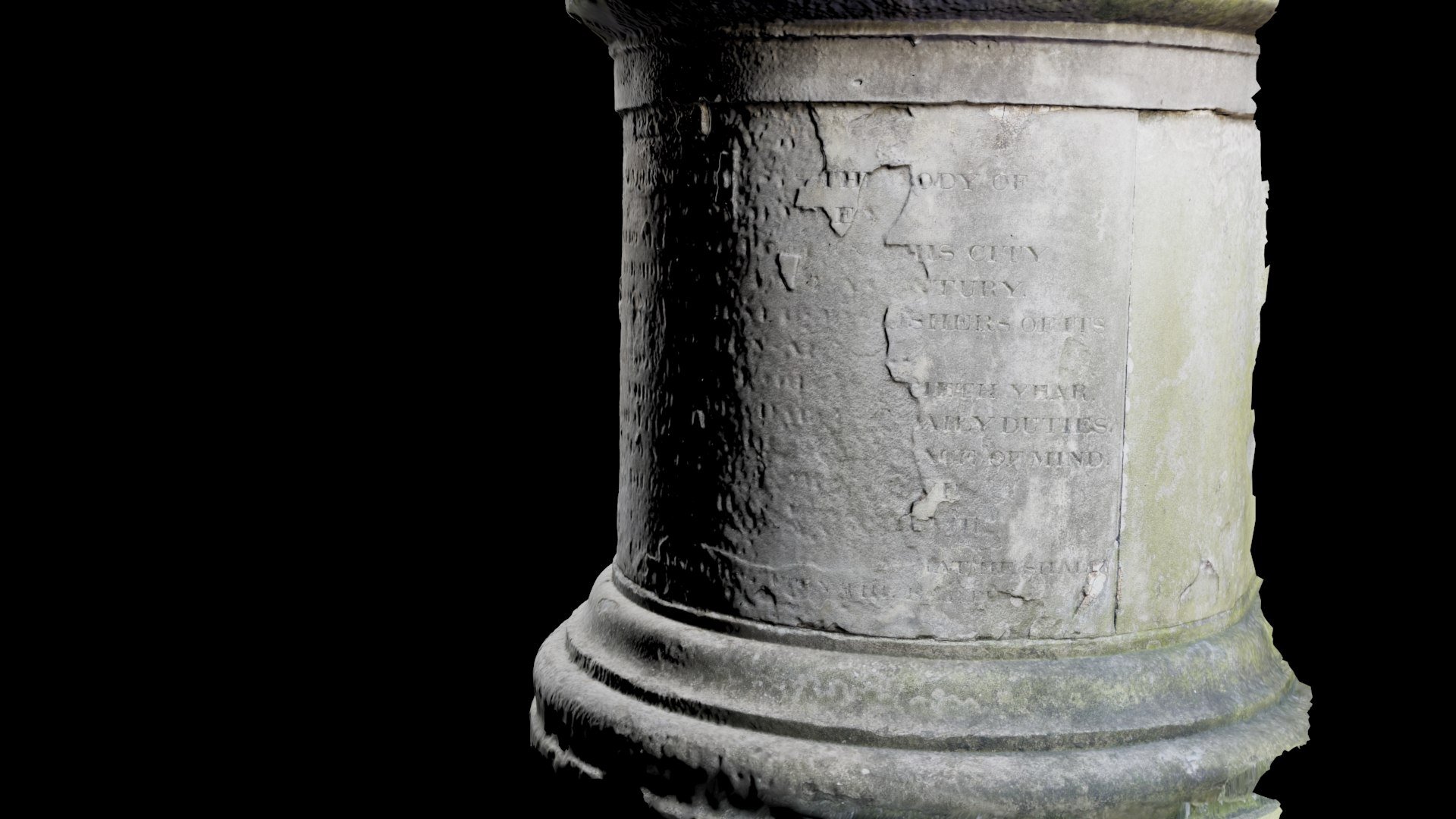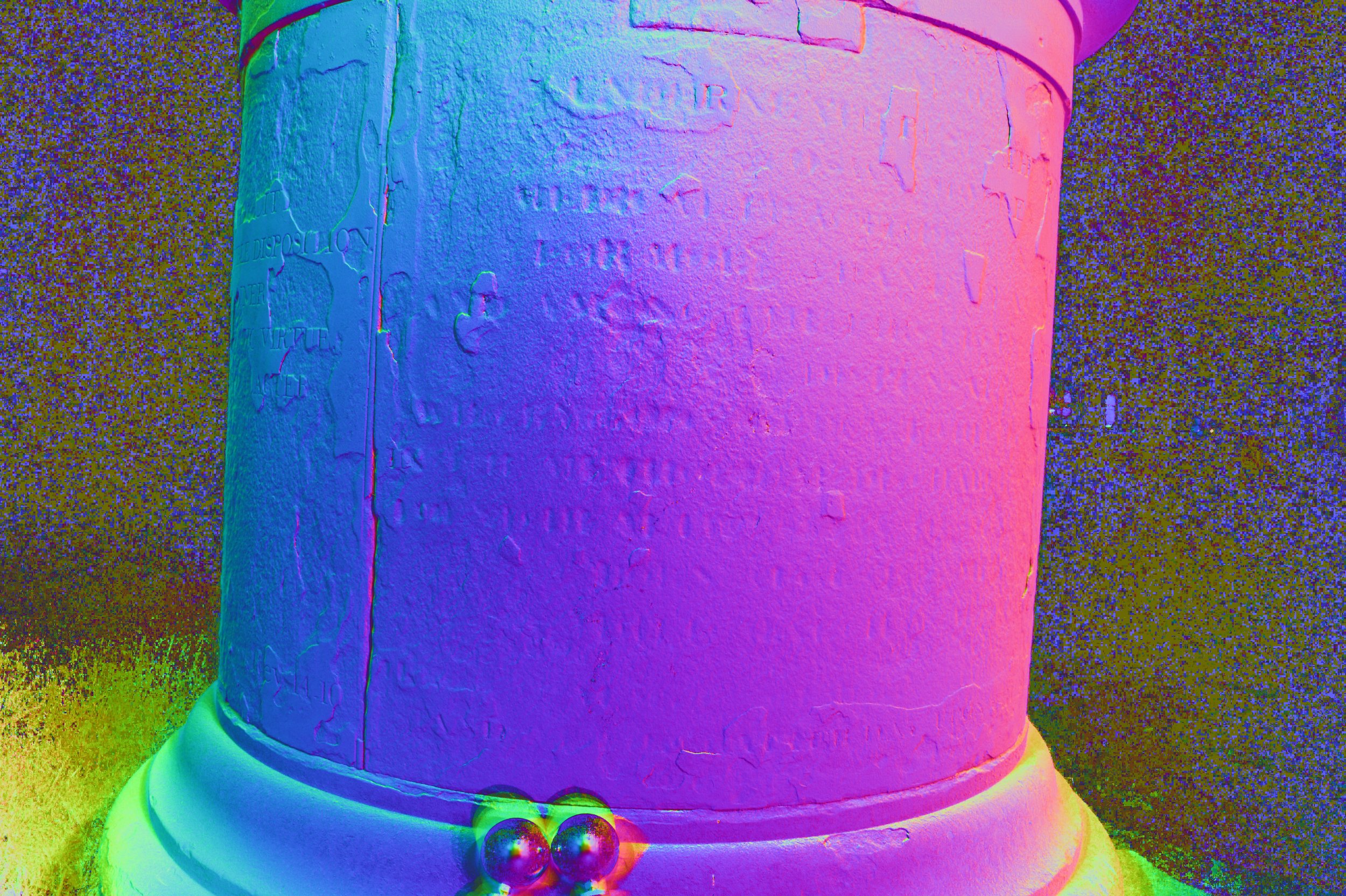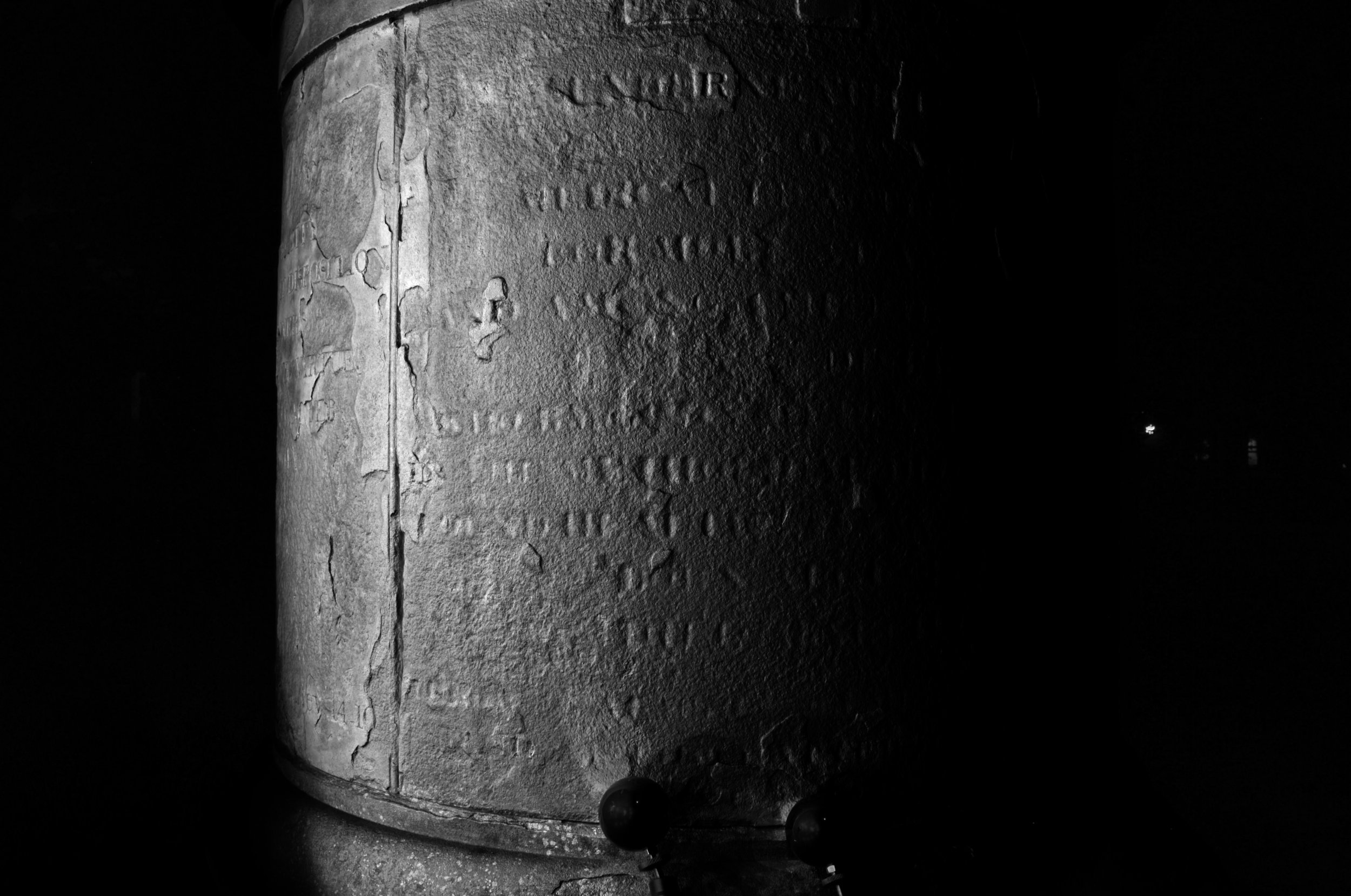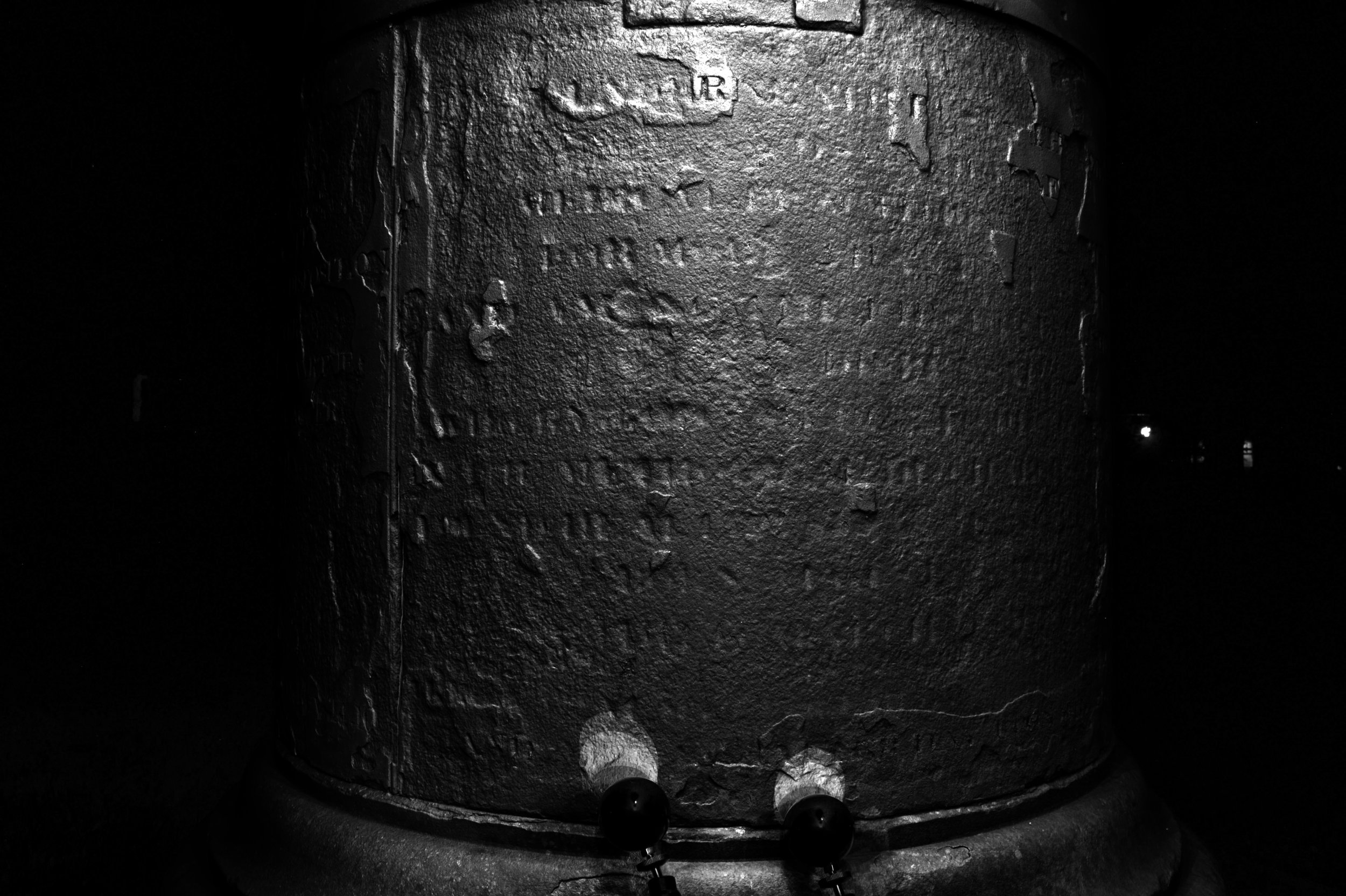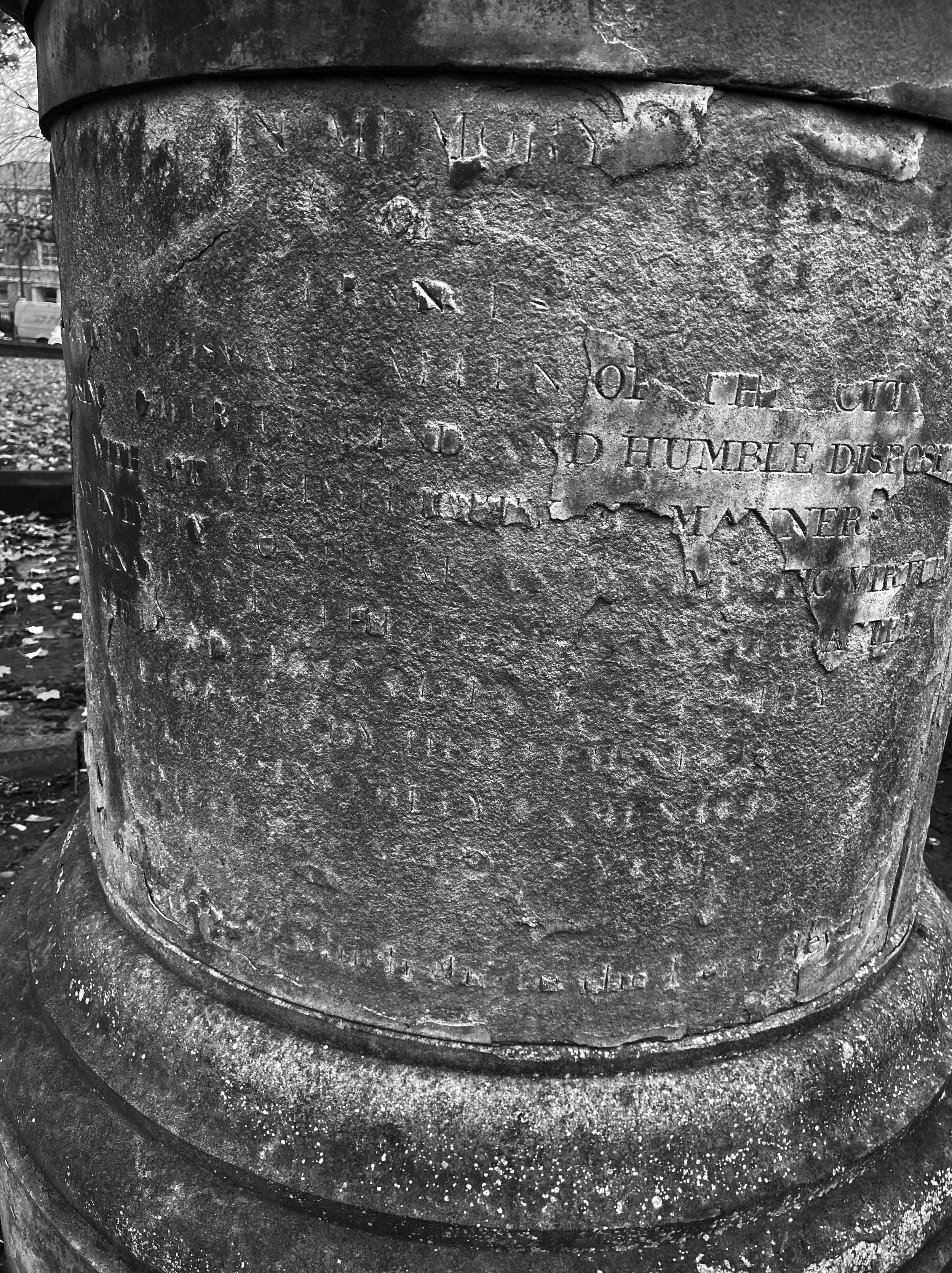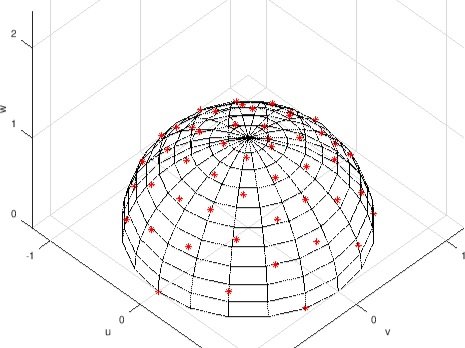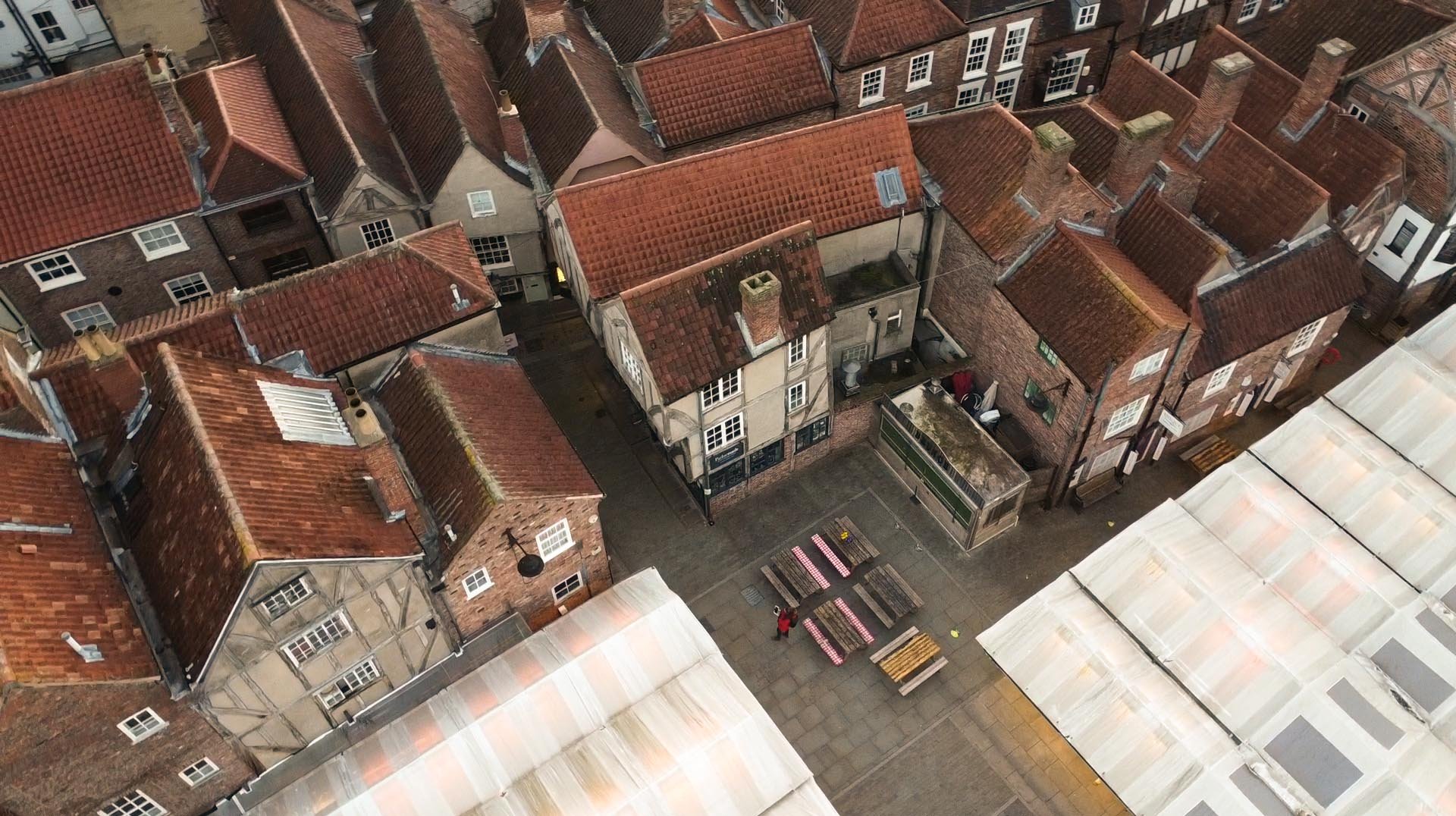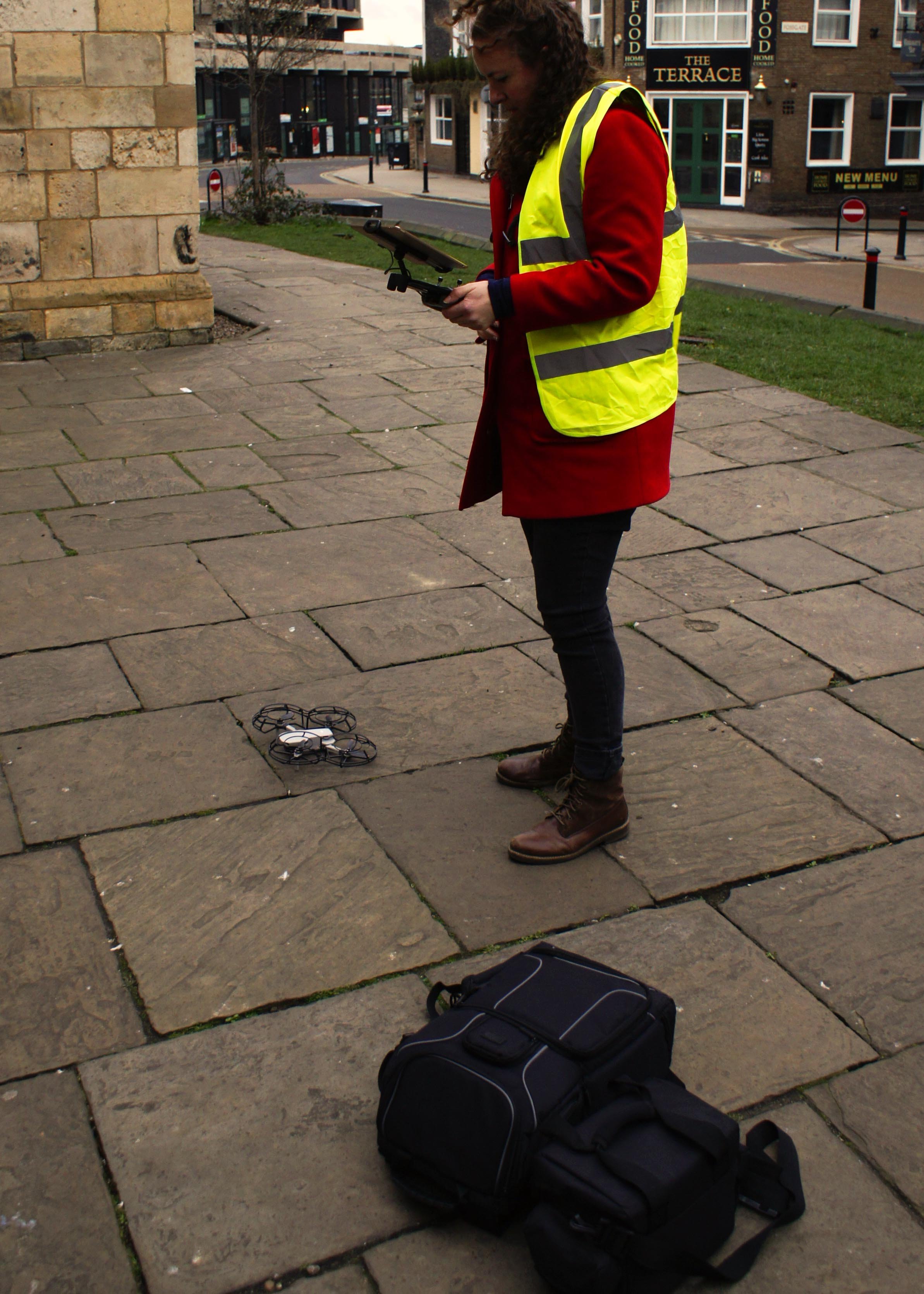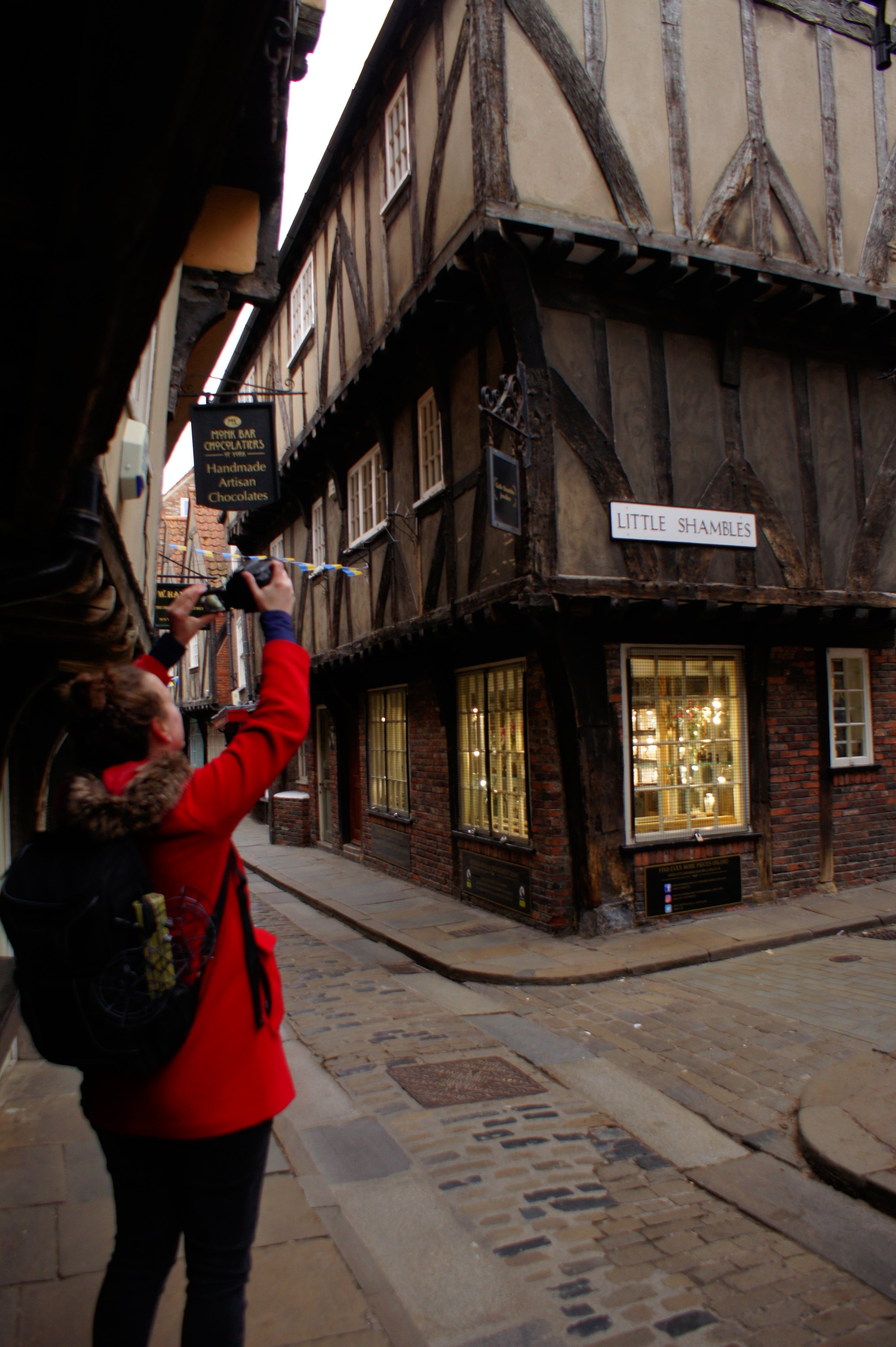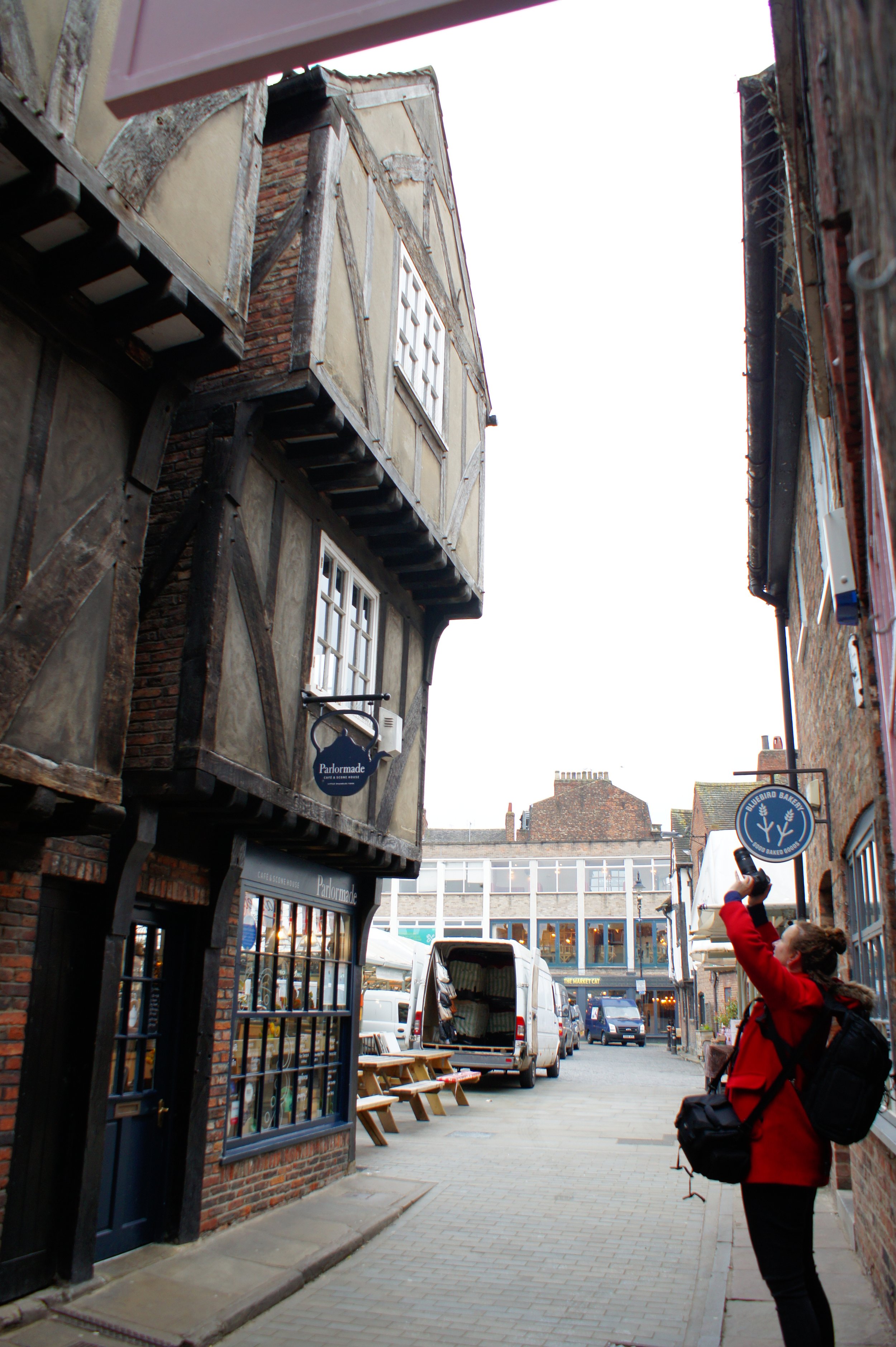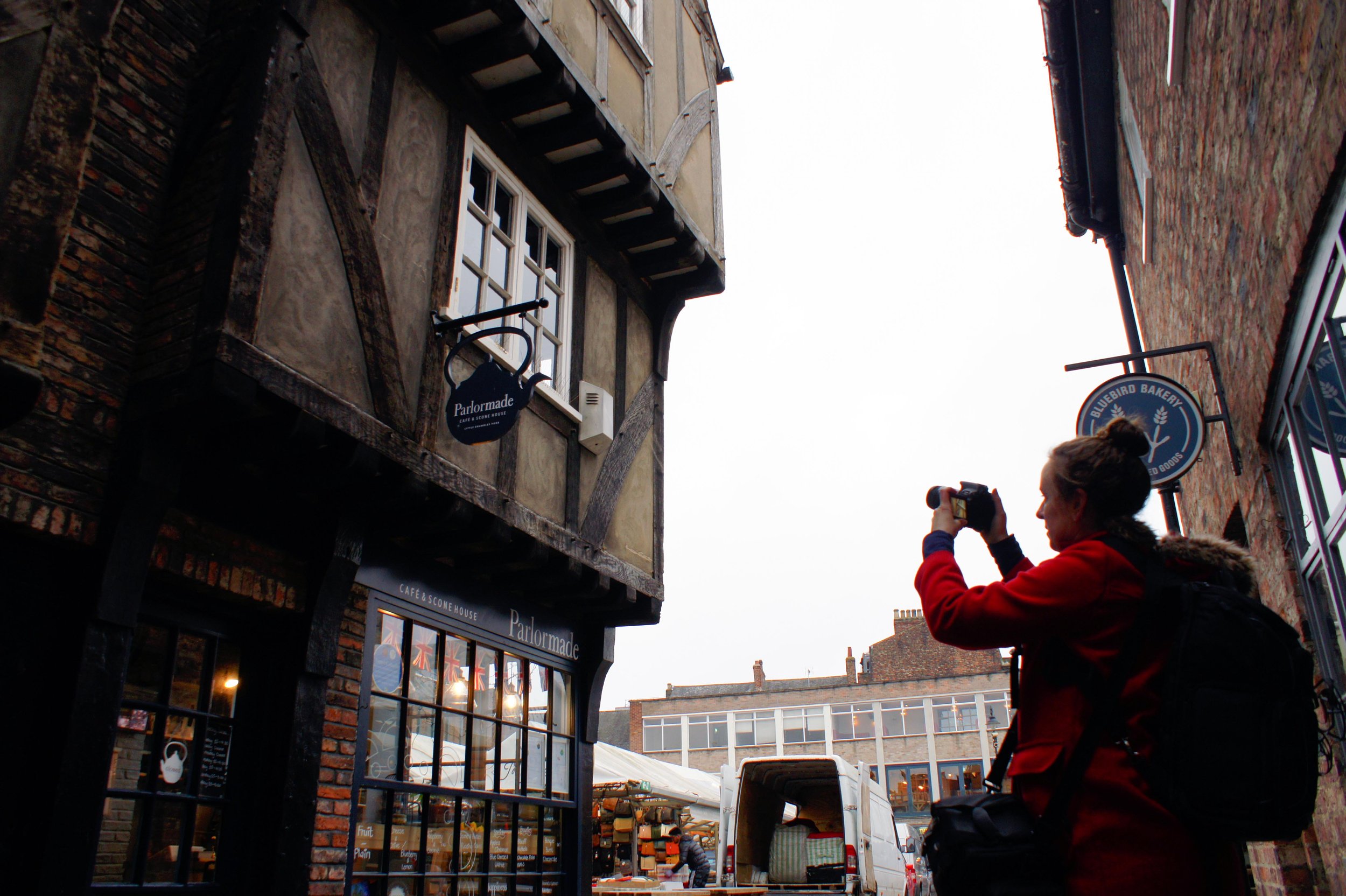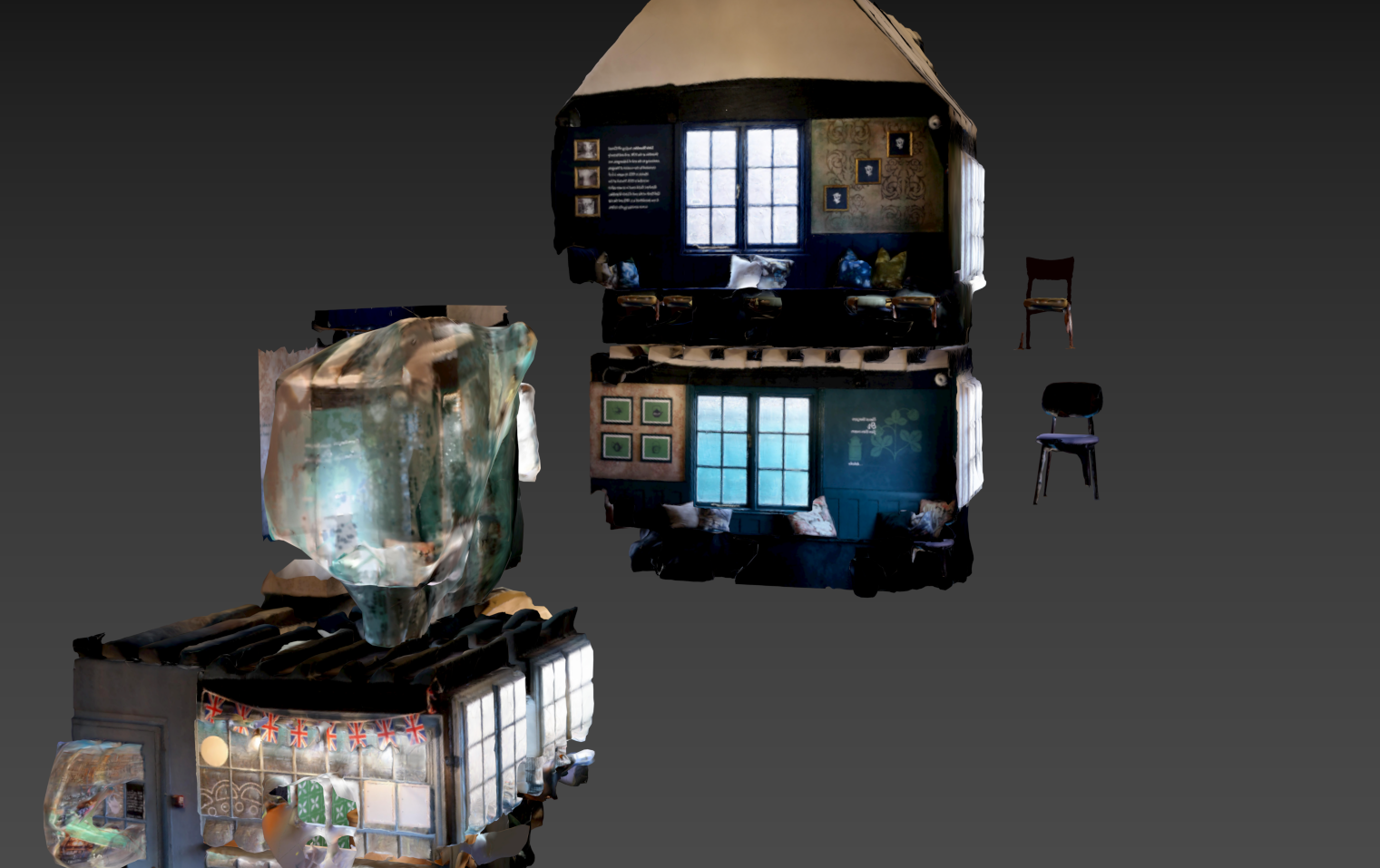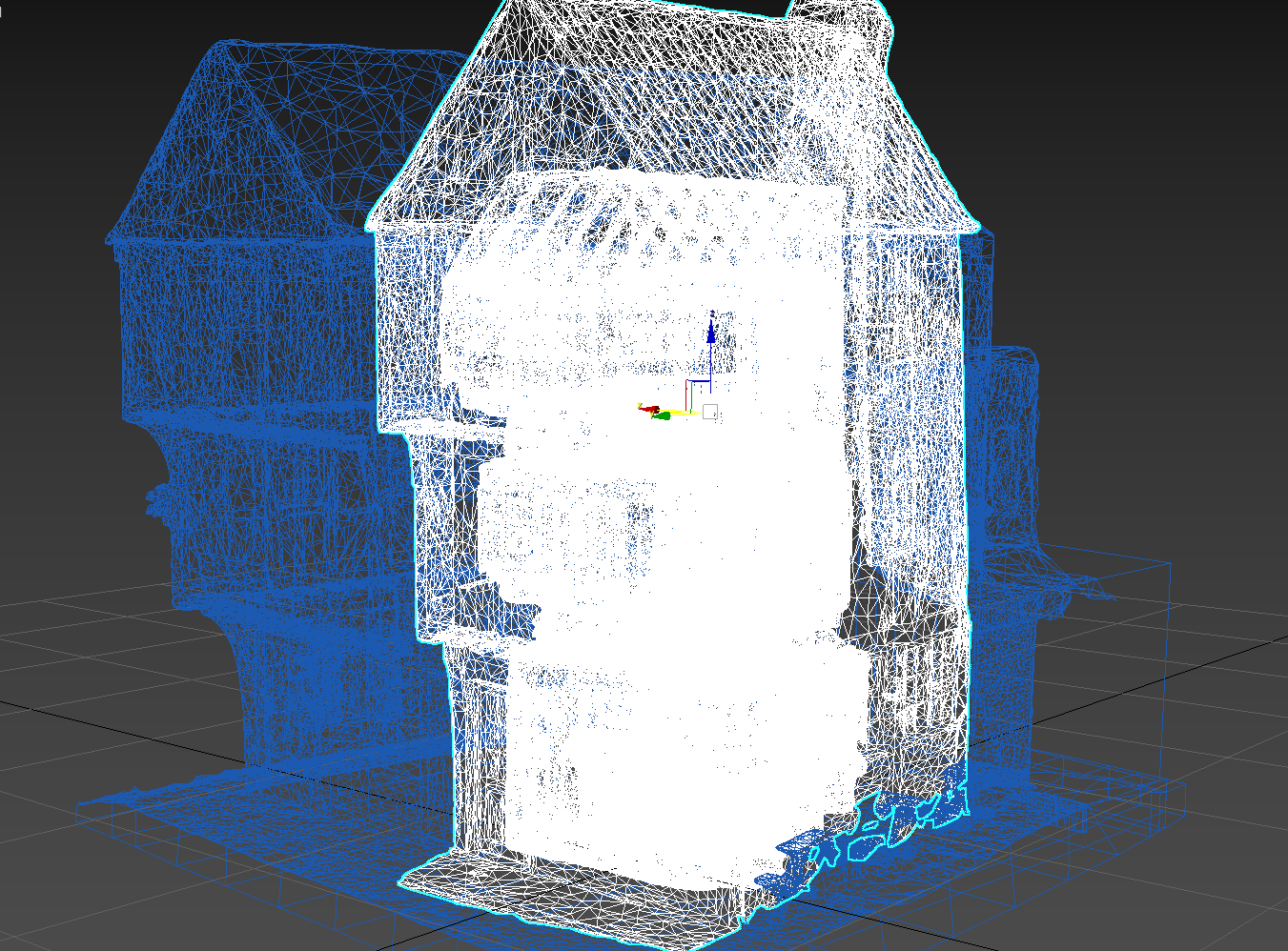Published by XR Stories
Further success for XR Stories interns
Ashley Loo, an XR Stories funded intern, won the University of York Student Intern of the Year award at a celebration at Heslington Hall.
Ashley, an Interactive Media student, received the award at a special event held by the Student Internship Bureau, which celebrates the achievements of University of York interns and the opportunities provided by local businesses. Ashley impressed the judging panel with her work as a UX designer with Experience Heritage, researching accessibility issues and redesigning screens for a new Heritage Trail app commissioned by the National Paralympic Heritage Trust (NPHT).
Bethany Watrous, founder and CEO at Experience Heritage, said, “I’m so proud of Ashley – she’s so deserving of this award! We adored having her as part of our team and she was a great help to the development of our product. Her work researching and designing UX features ensured that our current as well as future projects will be more accessible to more people.”
Ashley said, “As the UX designer on this project, my aim was to design a system that brought comfort to people with accessibility needs – creating multiple designs and testing them to gain real-time feedback from potential users. This has supported me in constructing customisable screens that provide enjoyable experiences for people with visual impairments or mobility difficulties.”
Another University of York student, Elliot Mann, was awarded runner up Intern of the Year for his work as a creative technician under the XR Stories internship programme.
Published on 12 December 2022

